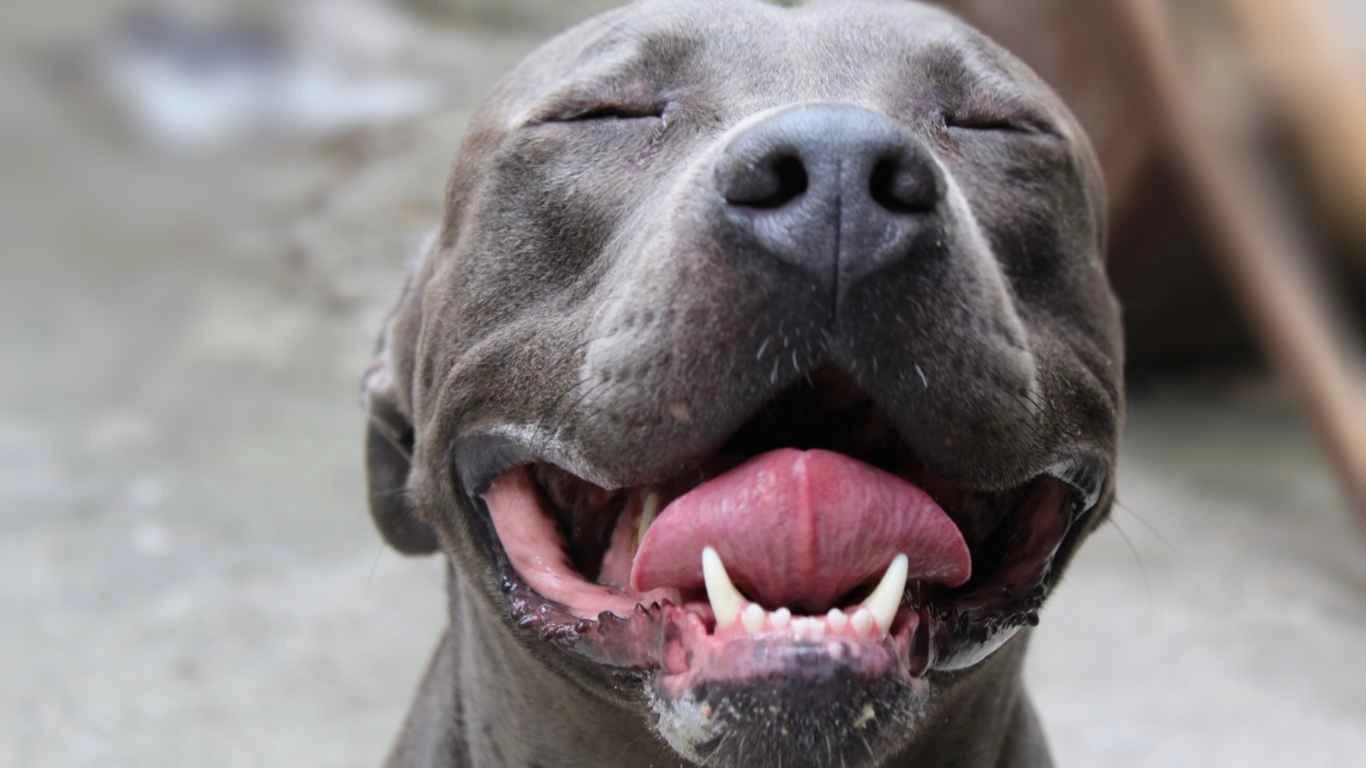Why Can Dogs Eat Orange Peels Is a Bad Idea for Your Pup
We’ve all been there—peeling an orange in the kitchen when suddenly, you feel those eyes on you. You look down, and there’s your pup, tail wagging, giving you that look like, “Hey, you gonna share that?” As someone who’s worked hands-on with dogs in both pet clinics and shelters for years, this question comes up more often than you’d think: Can dogs eat orange peels? It seems like such a harmless snack, especially when you’re munching on one yourself. But hold on—there’s more to this citrus story than meets the eye. Let’s dive into it.
So, Can Dogs Eat Orange Peels?
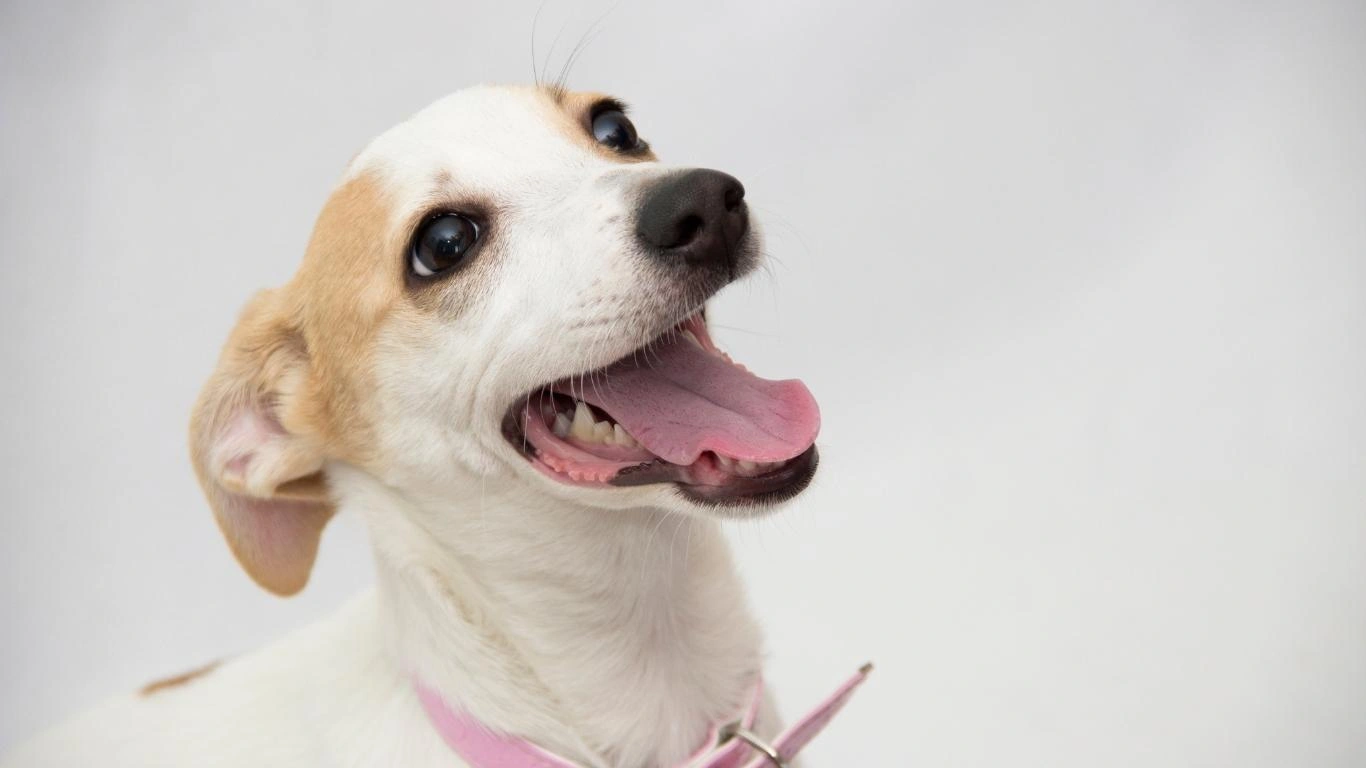
Short answer? Not really. Orange peels aren’t toxic to dogs, but that doesn’t mean they’re a good idea. Back when I was working at the shelter, I had this goofy Labrador mix named Charlie—he’d eat just about anything that hit the floor. One day, someone dropped an orange slice with some peel still attached, and sure enough, Charlie gobbled it down. While he didn’t get seriously ill, he definitely had an upset stomach for the rest of the day. That’s when it really hit me—just because a food isn’t poisonous doesn’t make it dog-friendly.
Why Orange Peels Can Be Problematic
The peel is where things get tricky. Here’s why:
- Tough to Digest: Orange peels are thick, fibrous, and hard for dogs to break down. Unlike the juicy fruit inside, the peel can just sit in their stomach and cause issues.
- Pesticide Residue: Unless you’re going all organic, most store-bought oranges have pesticide residue on the skin. Not something you want in your dog’s digestive system.
- Choking Hazard: Especially for smaller dogs, peels can become a choking risk if not chewed properly.
Even for bigger breeds, it’s just not worth the risk. As a rule of thumb, if it’s hard for *you* to chew raw, it’s probably a no-go for your pup.
What About the Orange Flesh?
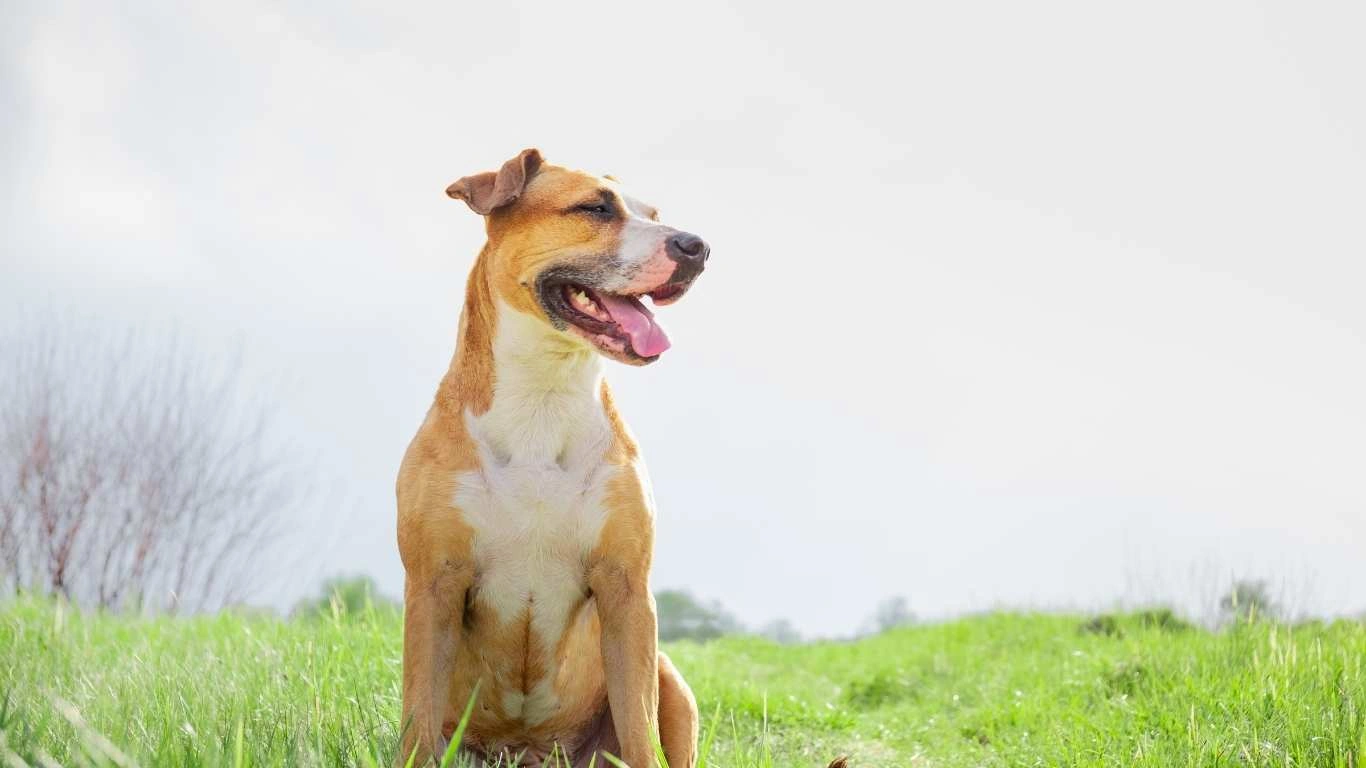
Now, here’s where things get a little juicier—literally. The inside of the orange is actually okay in small amounts. It’s packed with vitamin C, potassium, and fiber. Dogs don’t *need* fruit in their diets, but a little nibble now and then won’t hurt most of them. In fact, during my time at the pet clinic, we’d occasionally recommend small fruit treats for overweight dogs instead of traditional dog biscuits—depending on their diet plan, of course.
How Much Orange Is Too Much?
Moderation is everything. If your dog is diabetic or has weight issues, even natural sugars like those in fruit can be a problem. Here’s a quick rule I always told pet parents:
- Stick to 1-2 small segments of peeled orange per week for small dogs.
- For medium and large breeds, 2-4 segments max—again, fully peeled and no seeds.
Too much citrus can lead to GI upset. Think: diarrhea, gas, or just that general “my dog isn’t acting right” vibe we all know too well. And dogs that already have sensitive stomachs? I’d skip oranges altogether.
Better Citrus Alternatives for Dogs
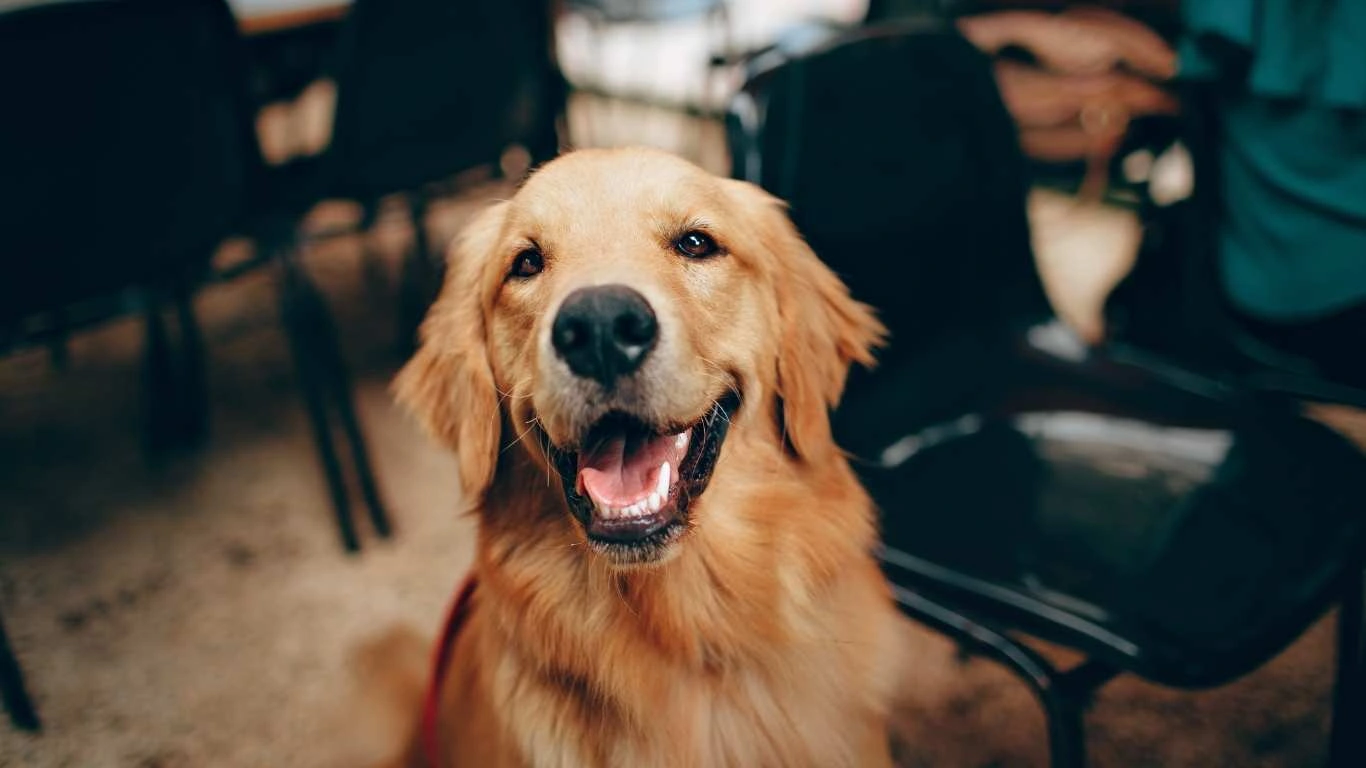
If you’re looking for safer snack options that still give that fresh, fruity vibe, here are a few I’ve seen dogs enjoy without issues:
- Blueberries: Antioxidant-rich and super easy to digest.
- Apple slices: Just be sure to remove the seeds and core.
- Watermelon (seedless): Especially refreshing on hot days—plus, it’s mostly water!
Every dog is different though, and just like people, they can have food sensitivities. One time, I had a tiny chihuahua named Lulu who hated every fruit offered to her—except for frozen green beans. Go figure!
Common Reactions When Dogs Eat Orange Peels

Now, if your dog has already snuck an orange peel off the counter—don’t panic. It happens more than you’d expect. In fact, I can’t count how many calls we got at the clinic from worried pet parents after their dog raided the compost bin or got too curious during breakfast. Here’s the thing: most dogs will be fine after eating a small piece of peel. But they can have some less-than-fun symptoms depending on how much they ate and their individual sensitivity.
Symptoms to Watch For
From what I’ve seen, here are the most common reactions:
- Vomiting: Their body’s natural way of saying, “No thanks.” Usually happens within a few hours.
- Diarrhea: Orange peels can be harsh on a dog’s gut. Watch out for loose stools the same day or the next.
- Lethargy: Some pups get sluggish if their tummies are upset—especially senior dogs or those with pre-existing conditions.
If any of these signs persist for more than a day or two, I always advise getting in touch with your vet. One time, we had a border collie come in who had eaten nearly an entire orange—peel and all. He was bloated and clearly uncomfortable, and we had to monitor him closely for signs of a blockage. Luckily, he passed it naturally, but it was a reminder that even “safe” foods can cause serious issues in large quantities.
When to Call the Vet (and What to Expect)

Trust your gut. If your dog is acting off and you know they ate something unusual, it’s better to play it safe. I’ve sat on the other side of that exam table with worried owners too many times to count, and I always tell them: you know your dog best. If something feels wrong, it probably is.
What Your Vet Might Ask
When you call or visit the clinic, be ready with these details:
- How much orange peel was eaten (rough estimate is fine)
- How long ago it happened
- Any changes in appetite, behavior, or bathroom habits
Depending on the situation, your vet may recommend monitoring at home or may want to bring your dog in for X-rays or fluids. In my experience, most peel-eating cases are minor, but the rare severe ones are no joke—especially if there’s an intestinal blockage involved.
Safe Feeding Tips for Citrus and Beyond
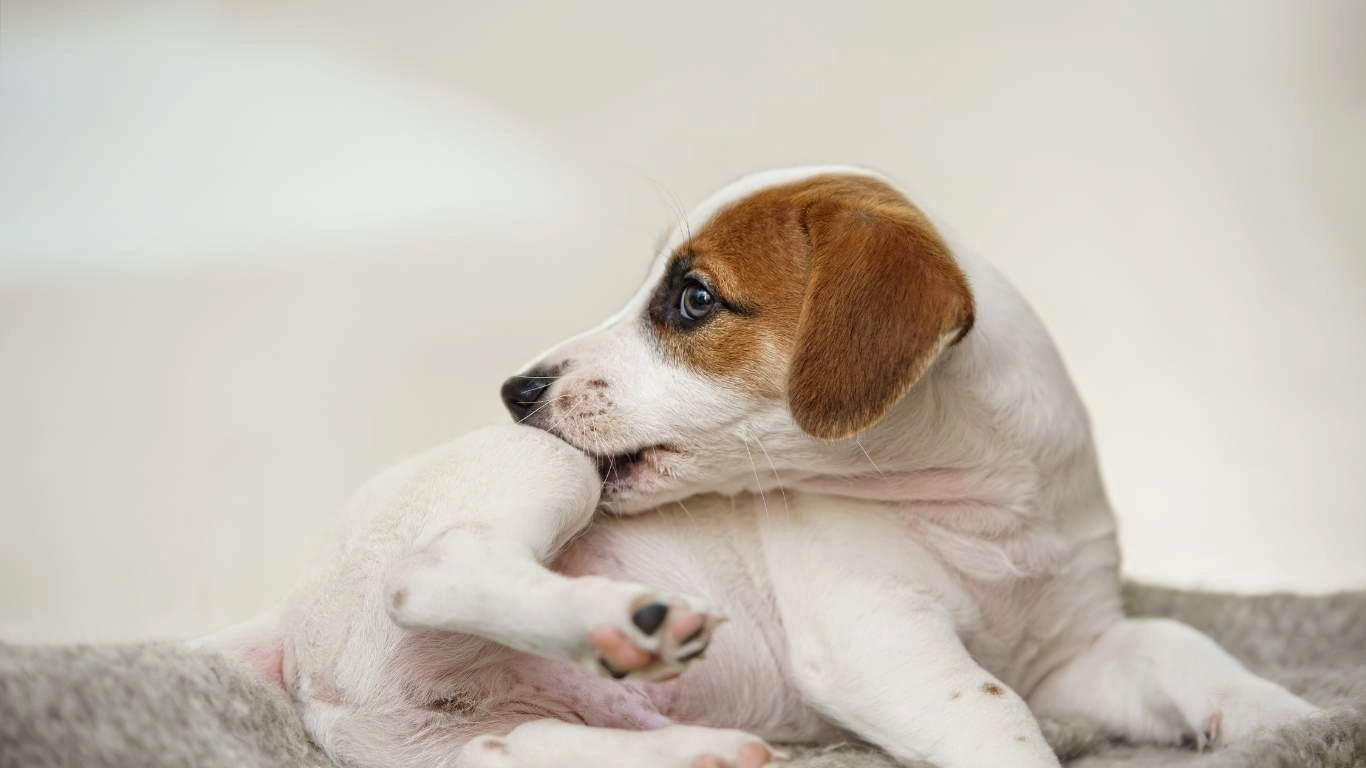
By now, it’s probably clear that orange peels are better off in your compost than in your pup’s tummy. But that doesn’t mean your dog has to miss out on snack time entirely. I always say: treats should be fun—but also smart.
My Go-To Feeding Tips From the Shelter Floor
- Introduce Slowly: If your dog’s never had citrus before, start with a small piece of the fruit (no peel!) and watch for any reactions.
- Skip the Sugar: Avoid dried or candied citrus products. Those often contain added sugar or xylitol—major no-no’s.
- Keep It Rare: Even dog-safe fruits should be occasional treats, not daily staples. Their main diet should always be nutritionally balanced dog food.
- Size Matters: What’s okay for a Great Dane might overwhelm a Chihuahua’s digestive system. Portion accordingly!
Something I always shared with new adopters: Dogs don’t need variety the same way humans do, but they do need consistency and balance. Healthy treats can be fun enrichment, but they shouldn’t replace what your vet recommends for daily nutrition.
Why Dogs Are Attracted to Citrus (Even When They Shouldn’t Be)
This one’s a bit of a mystery, but in my experience, some dogs are just curious about strong smells. The tangy, zesty scent of an orange peel can be intriguing—even though many dogs actually dislike citrus once they taste it. That curiosity can still get them into trouble, though.
One trick I’ve used in shelters to deter dogs from digging through trash or chewing on things they shouldn’t is placing orange or lemon peels around the area. Funny, right? We don’t want them to eat the peel, but we use the scent as a repellent! Just goes to show how unpredictable dog behavior can be.
That’s part of what makes dogs so lovable—and challenging. They’re curious little beings that explore the world through their mouths, and it’s up to us to make sure what they’re munching on is actually good for them.
Training Dogs to Avoid Unsafe Foods Like Orange Peels
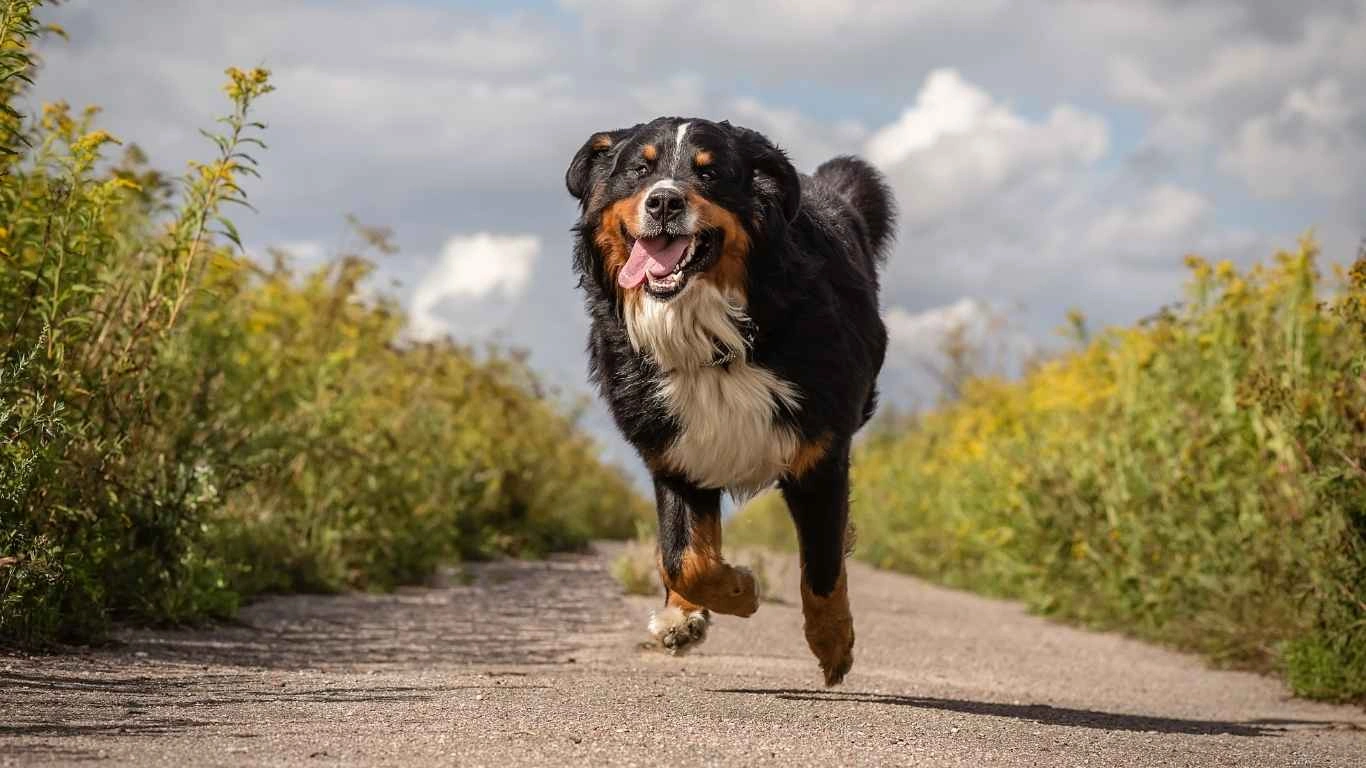
Alright, so we’ve established that orange peels aren’t the best snack choice for your pup. But what do you do when you’ve got a dog who insists on eating everything that hits the ground? I’ve worked with plenty of those “floor vacuums” over the years—Labs, Retrievers, Beagles—if it’s edible (or even remotely smells like food), it’s gone in a flash. I totally get it.
The good news? You can train most dogs to steer clear of harmful foods with a little consistency and patience.
Simple Training Tips I’ve Used in Clinics & Shelters
- “Leave It” Command: Teaching this early on can be a lifesaver. I used this all the time with new rescues at the shelter, especially the food-driven ones. Start with something low-value and build up to more tempting items.
- Reward-Based Redirection: If your dog goes for something unsafe like an orange peel, calmly redirect with a favorite toy or healthy treat and reward them when they make the right choice.
- Keep Counters Clear: Prevention is the best tool in your kit. Orange peels left on the table or trash can are just asking for trouble. I’ve seen so many accidents that could’ve been avoided with just a little prep.
One of my favorite success stories was with a senior German Shepherd named Max—he was a total sweetheart but had a habit of snatching food scraps. With a bit of patience, some positive reinforcement, and a stash of training treats, his family got him to ignore dropped snacks completely. Proud trainer moment right there.
What To Do If Your Dog Keeps Eating Unsafe Foods
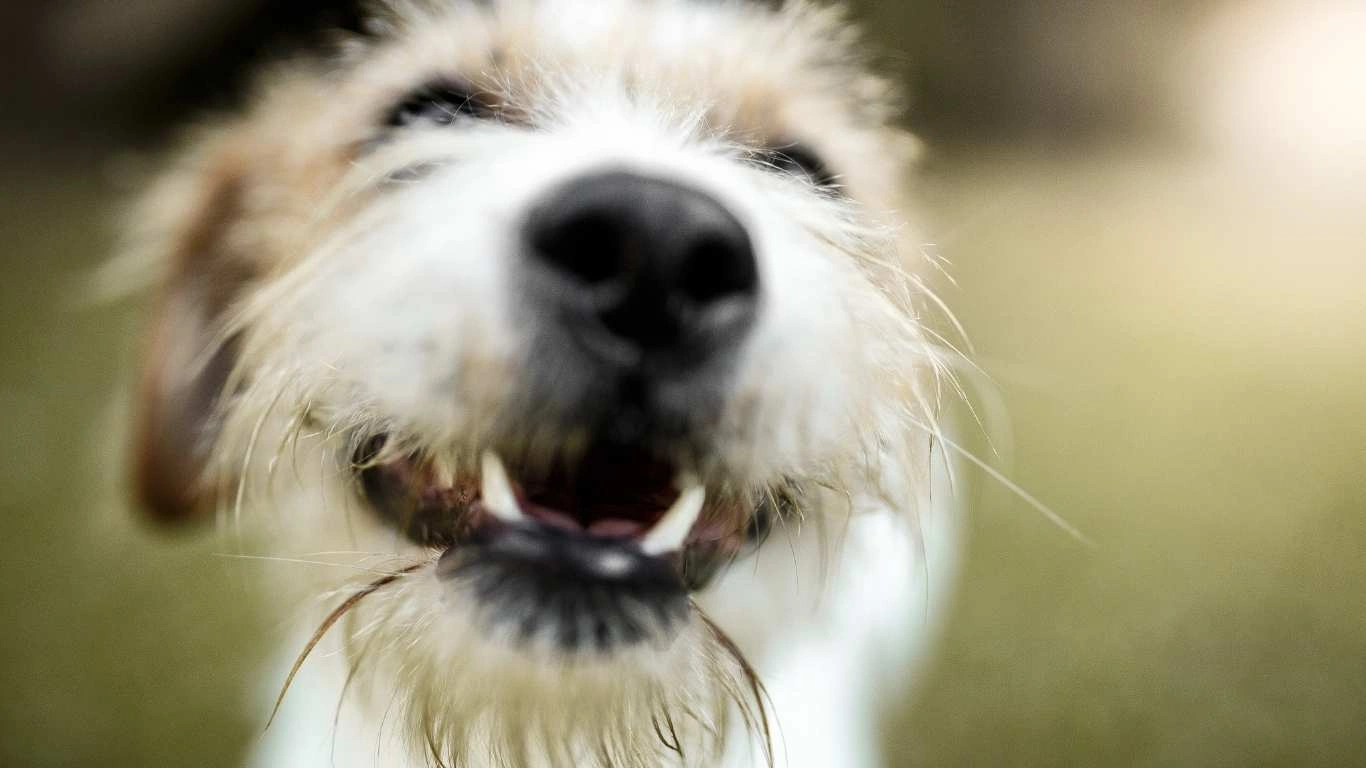
If your dog’s a repeat offender when it comes to munching things they shouldn’t—like orange peels—it might be time to reassess a few things. It could be boredom, hunger, or even an underlying health issue driving that behavior.
Things to Consider:
- Is your dog getting enough mental stimulation? Bored dogs eat weird things. Enrichment toys and food puzzles work wonders.
- Is their diet meeting their nutritional needs? Some dogs seek out certain textures or smells because something’s missing in their current diet.
- Has your vet ruled out medical issues? Pica (eating non-food items) can sometimes be tied to medical or behavioral conditions. It’s worth mentioning if you’re noticing a pattern.
Always trust your instincts. If something feels off, or your dog’s suddenly obsessed with eating peels, wrappers, dirt—you name it—schedule a check-up. I’ve had cases where what looked like a quirky habit turned out to be something deeper. Your vet’s there to help you piece together those clues.
Final Thoughts on Orange Peels and Dogs
So let’s wrap it up: Can dogs eat orange peels? Technically, they can, but they absolutely shouldn’t. There’s just no nutritional benefit that outweighs the risks—digestive upset, choking hazards, pesticide exposure… it’s a no from me.
If you want to share a little citrus love with your dog, a small peeled orange slice here and there is totally fine for most healthy pups. Just remember: no seeds, no peel, and always in moderation. And hey, if your dog isn’t into oranges? Don’t stress it. There are plenty of other healthy treat options to explore that won’t leave you scrubbing vomit out of the carpet at 2am (been there, trust me).
From my hands-on work with dogs in clinics and shelters, I’ve learned that a little bit of education goes a long way. Our pups depend on us to make good food choices for them—and that means understanding what’s safe, what’s not, and what to do when they get into things they shouldn’t.
References
Disclaimer
This article is based on my personal experience as an Animal Care Specialist and is intended for informational purposes only. Always consult with your veterinarian before introducing new foods to your dog’s diet or if you suspect your pet has consumed something harmful.
